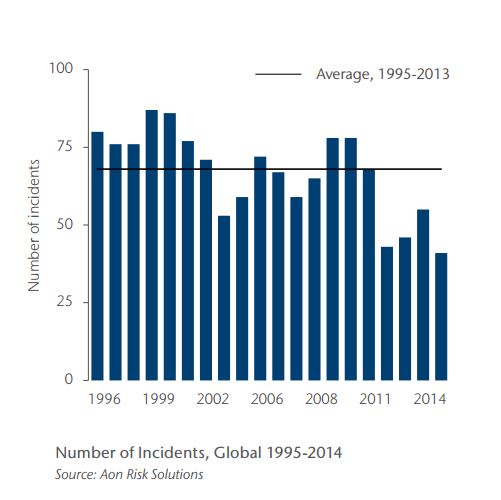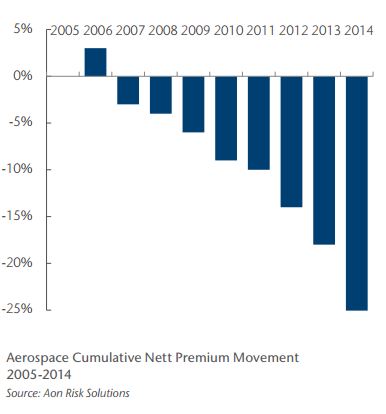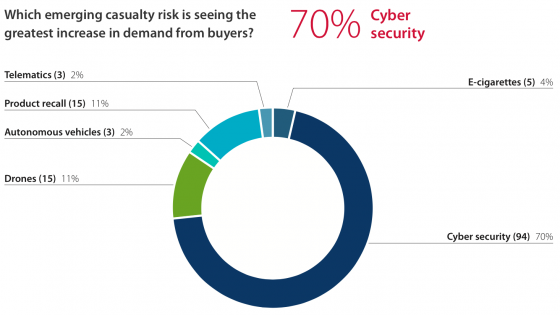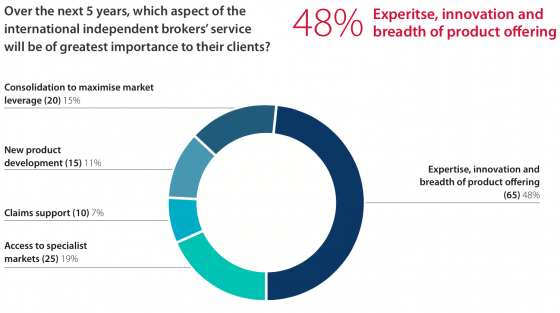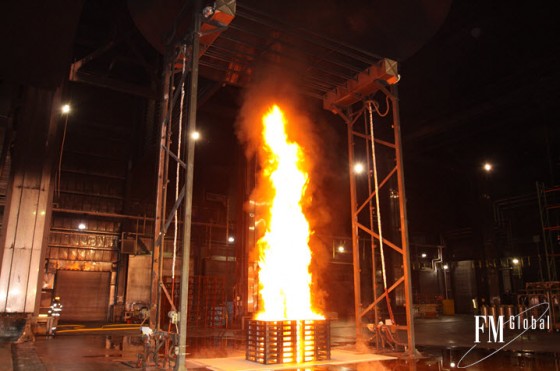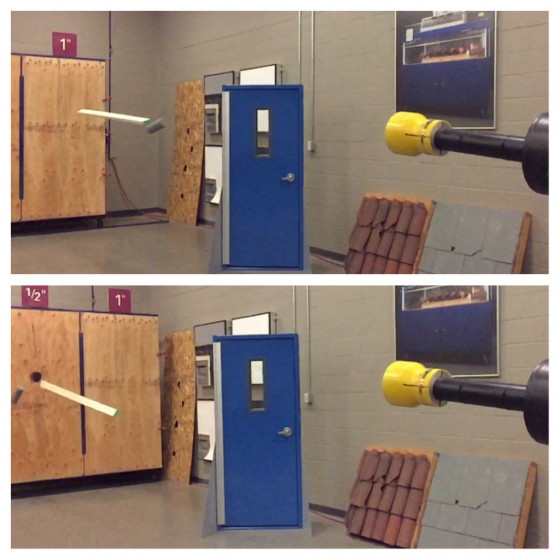More than 70% of women in insurance believe the industry is making progress toward gender equality and, for the second year in a row, over two-thirds think their company is working to promote gender diversity, according to a new survey from the Insurance Industry Charitable Foundation.
After the IICF Women in Insurance Global Conference, which brought together 650 insurance professionals, senior executive speakers, and CEOs to discuss how the industry can increase gender diversity in the workplace, the foundation polled attendees on the current reality of gender diversity and its evolution across the insurance industry.
Almost half of attendees agree that their company is working to promote gender diversity with another 19% strongly agreeing, but 24.5% disagreed, and 7.1% disagreed strongly. Biases in advancement (51%) and lack of opportunities for professional advancement (24.6%) remain the biggest barriers for women seeking leadership positions in their companies, respondents said. The industry may be making some progress on those issues, however, as the percentage of women who named “biases in advancement” and “lack of opportunities for professional advancement” as the chief barriers fell to 68% from 76% last year.
“As evidenced by the tremendous turnout of the 2015 Women in Insurance Global Conference and the engaging discussions it created, companies are clearly recognizing the need for a more gender inclusive workplace,” said Betsy Myatt, executive director of IICF’s Northeast Division.
But the findings make clear that insurance still lags far behind other sectors of the financial services industry in terms of support for women. Those surveyed – who were all there because they work in the insurance industry – said that insurance was the least supportive of advancing women to senior leadership, compared to accounting (47.8%), banking (26.1%) and investment services (14.1%).
“While there is still progress to be made toward achieving gender equality, the vast majority of survey respondents who have found a positive shift in corporate culture is certainly telling of the strides the insurance industry has made thus far,” said Bill Ross, CEO of IICF.
Some of the survey’s key insights include:
Which of the following is the greatest challenge women face in is ascending to positions of leadership within the insurance industry?
- Inflexible workplace standards: 7.
buy zocor online azimsolutions.com/wp-content/uploads/2023/10/jpg/zocor.html no prescription pharmacy4%
- Women don’t promote themselves enough or effectively: 30.1%
- Limited opportunities mobility up the corporate ladder: 39.4%
- Lack of C-suite sponsorship: 23.0%
Which of the following financial services sectors is the most supportive of the advancement of women to senior leadership.
- Banking: 26.1%
- Insurance: 12.0%
- Accounting: 47.8%
- Investment Services: 14.1%
Which of the following is the biggest barrier to entry (perceived or actual) for women seeking leadership positions in their company.
- Lack of opportunities for professional advancement: 24.6%
- Lack of desire from company leadership to appoint women to senior leadership roles: 17.0%
- Biases in advancement: 51.1%
- Desire to start a family: 14.1%
In what way do you believe gender equality has been most improved across the insurance industry?
- The establishment of mentorship programs: 14.
buy diflucan online azimsolutions.com/wp-content/uploads/2023/10/jpg/diflucan.html no prescription pharmacy2%
- Sponsoring executive networking opportunities: 24.0%
- More active recruitment of a gender-diverse workforce: 26.2%
- Shift in corporate culture: 35.6%


